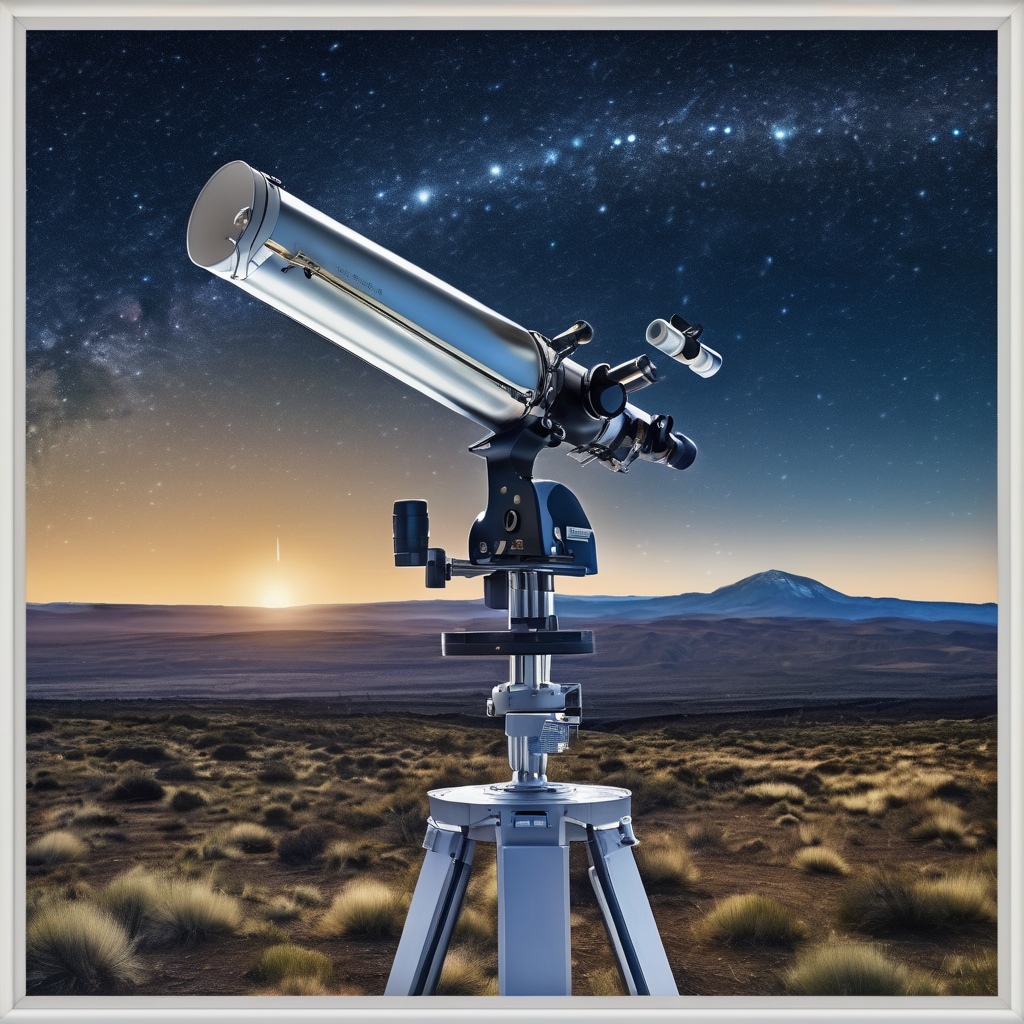New evidence continues to bolster support for the natural origins of comet 3I/Atlas, refuting the myriad conspiracy theories and speculations that have proliferated on social media and popular podcasts, including those hosted by Joe Rogan. The latest breakthrough came from a South African observatory that successfully detected the first radio signal from 3I/Atlas, providing further clarity regarding its composition and activity.
The radio signal, however, differs from what one might expect from a spacecraft transmission. Instead, this detection involved a radio frequency pattern identified by MeerKAT, a sophisticated radio telescope array operated by the South African Radio Astronomy Observatory, featuring 64 antennas, each measuring 13.5 meters in diameter. Researchers announced, “OH absorption was detected on the 1665 MHz and 1667 MHz lines,” highlighting that this finding corresponds to the presence of hydroxyl radicals, or OH molecules, which are indicative of typical comet activity.
The phenomenon observed by MeerKAT occurred because 3I/Atlas was near the sun, leading to a favorable geometry for detecting absorption rather than emission. As a comet approaches the sun, it sublimates ice into space, resulting in increased radiation that can alter its trajectory. This process was clarified in a recent WIRED article addressing concerns over non-gravitational acceleration linked to the comet.
The hydroxyl radical has the ability to absorb or emit radiation at specific frequencies due to energy level transitions, a feature that has been employed by astronomers to study various astronomical phenomena, such as nebulae and comets. By detecting OH spectral lines, scientists can enhance their understanding of the cosmos, mapping regions abundant in water and stars.
The MeerKAT observations were made on October 24, shortly before 3I/Atlas reached its perihelion, or closest point to the sun. Earlier attempts to capture radio signals on September 20 and 28 had not yielded success. Renowned astrophysicist Avi Loeb had previously urged observatories like MeerKAT to investigate the radio emissions from 3I/Atlas, noting its positional correlation with the famous Wow! Signal detected in 1977.
While Loeb has been a prominent proponent of theories proposing a technological origin for 3I/Atlas, the detection of only OH absorption signals highlights the need for ongoing observations. Further studies are necessary to assess whether the hydroxyl production is stable or sporadic and to examine the comet’s tail structure comprehensively.
Loeb remains undeterred, advocating for continued exploration of 3I/Atlas’s nature. He mentioned that a significant encounter is anticipated on March 16, 2026, when the comet will pass within 53 million kilometers of Jupiter, at which point the Juno spacecraft is set to utilize its dipole antenna to search for radio signals at low frequencies.
Despite the new findings from MeerKAT, it seems unlikely that the ongoing conspiracy theories about 3I/Atlas will dissipate fully. However, the discussions have undoubtedly sparked increased public interest in astrophysics. In the meantime, the trajectory of comet 3I/Atlas is available to observe, and December 19 marks a significant date, as it approaches its closest point to Earth.
